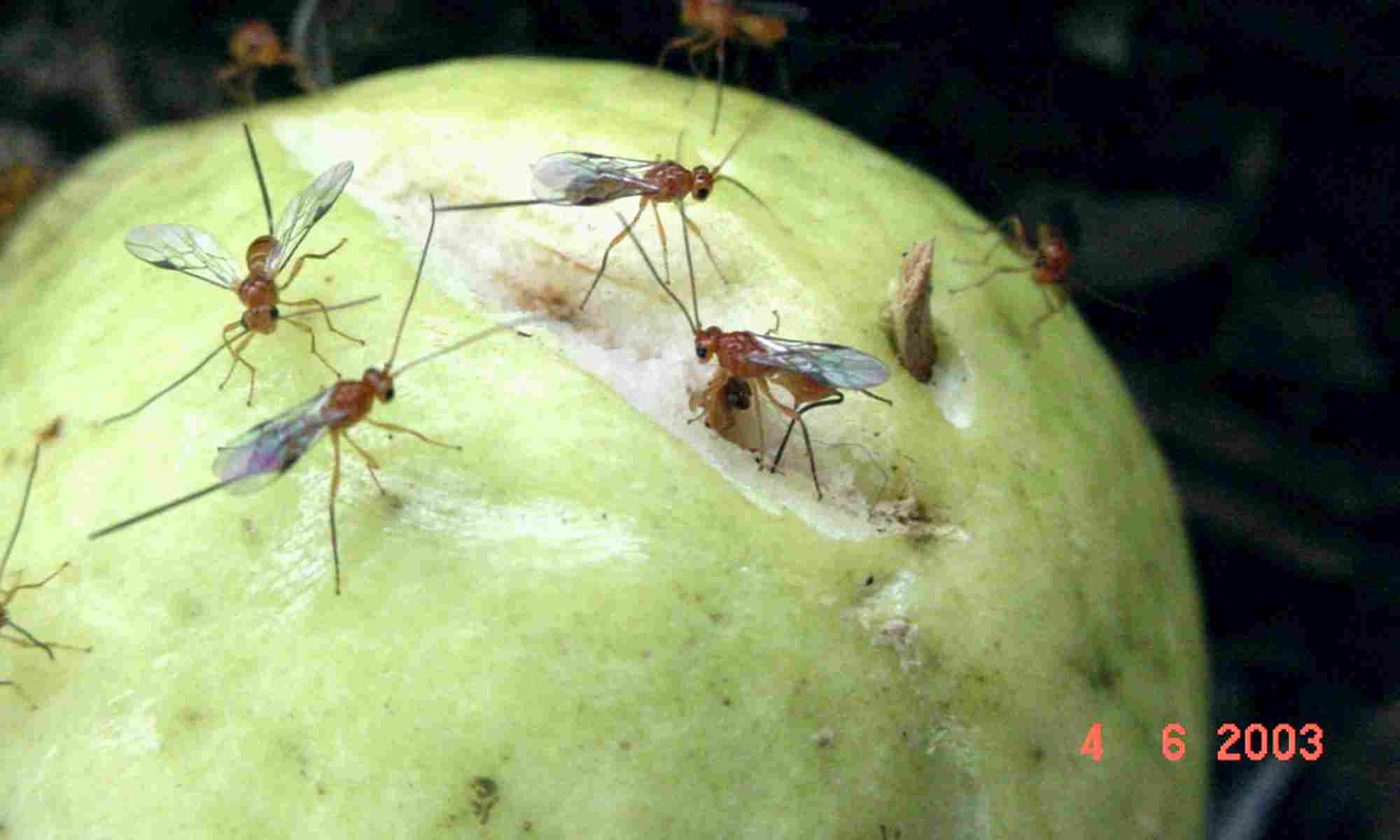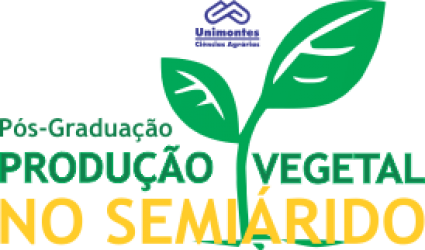- Version
- Download 28
- File Size 2.29 MB
- Create Date 14/06/2021
- Download
OLIVEIRA, Willer Fagundes de. Análise de atributos biométricos de plantas cultivadas por meio de sensor RGB embarcado em veículo aéreo não tripulado. 2020. 70 p. Tese (Doutorado em Produção Vegetal no Semiárido) – Universidade Estadual de Montes Claros, Janaúba, 2020.
As geotecnologias fornecem diversas técnicas e ferramentas que viabilizam as análises da variabilidade espacial e temporal, dos solos e das plantas, consolidando assim, a prática da Agricultura de Precisão. Os Veículos Aéreos Não Tripulados (VANTs) têm papel relevante no mapeamento aéreo de alta resolução espacial. Embora as atividades aerofotogramétricas, por meio de VANTs, tenham avançado nas ciências agrárias, a geração de produtos técnicos aplicados e automatizados não avançou com a mesma rapidez, permanecendo, assim, a necessidade de inúmeras pesquisas. Neste sentido, objetivou-se desenvolver métodos de análise de ortofotomosaico e modelos digitais de elevação (oriundos de sensor RGB embarcado em VANT), por meio de rotinas automatizadas, para avaliar a qualidade de plantios florestais de eucalipto (Eucalyptus ssp.) e pomar de lima ácida ‘Tahiti’- (Citrus latifolia Tanaka) em fase de formação. Dessa forma, pretendeu-se, também, desenvolver um fluxo de trabalho, contendo um conjunto de parâmetros aerofotogramétricos que possam ser utilizados de forma rápida, fácil e confiável, nas avaliações biométricas dessas culturas. Para tanto, utilizou-se um VANT, do tipo multirotor, DJI Phantom 4 Adv, equipado com um sensor RGB de 20 Megapixels. As rotinas computacionais foram desenvolvidas em ambientes de código aberto (Open Source), constituídas, por três fases de processamento: i) Estimativa dos Atributos Biométricos da Planta; ii) Análise Estatística e iii) Relatório Estatístico de Mapas (REM). As rotinas apresentaram acurácia elevada na estimativa de parâmetros biométricos das plantas (acima de 93%) e boa velocidade de processamento. Também, são capazes de identificar e contar as plantas, estimar os espaçamentos médios entre plantas e linhas de plantio, identificar e quantificar as falhas de plantio, determinar a densidade de plantio, delimitar e calcular a área da copa projetada, altura e volume de cada planta. Todas as análises são apresentadas de forma simples e intuitiva por meio do REM. Os resultados foram suficientes para definir um método de obtenção de dados aerofotogramétricos que podem ser utilizados para estimar e avaliar a qualidade dos atributos biométricos dos plantios supracitados, com flexibilidade de adaptação para outras culturas perenes.
Palavras-chave: Sensoriamento Remoto. Drone. Visão Computacional. Python.
Analysis of biometric attributes of plants cultivated through a RGB sensor carried on Unmanned Aerial Vehicle
Geotechnologies provides several techniques and tools that enable the analysis of spatial and temporal variability, of soils and plants, thus consolidating the practice of Precision Agriculture. Unmanned Aerial Vehicles (UAVs) play an important role in high spatial resolution aerial mapping. Although aerophotogrammetric activities, through UAVs, has advanced in the agricultural sciences, the generation of applied and automated technical products has not progressed as quickly, thus, the need for countless research remains. In this sense, the aim was to develop methods of analysis of orthophotomosaic and digital elevation models (from a RGB sensor embedded in UAV), through automated routines, to evaluate the quality of eucalyptus forest plantations (Eucalyptus ssp.) and 'Tahiti' acid lime orchard - (Citrus latifolia Tanaka) in the formation stage. Thus, it was also intended to develop a workflow, containing a set of aerophotogrammetric parameters that can be used, quickly, easily and reliably, in the biometric assessments of these cultures. For this purpose, an UAV, multirotor type, DJI Phantom 4 Adv, was used, equipped with a 20 Megapixel RGB sensor. The computational routines were developed in open source environments, consisting of three processing phases: i) Estimation of the Biometric Attributes of the Plant; ii) Statistical Analysis and iii) Statistical Map Report (SMR). The routines showed high accuracy in estimating the biometric parameters of the plants (above 93%) and good processing speed. Also, they are able to identify and count the plants, estimate the average spacing between plants and between rows, identify and quantify the planting failures, planting density, delimit and calculate the projected canopy area, height and volume of each plant. All analyzes are presented in a simple and intuitive way through SMR. The results were sufficient to define a method of obtaining aerophotogrammetric data that can be used to estimate and evaluate the quality of the biometric attributes of the aforementioned plantations, with the flexibility to adapt to other perennial crops.
Keywords: Remote Sensing. Drone. Computer vision. Python

